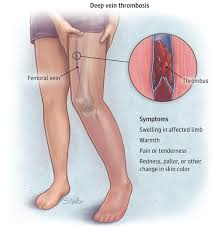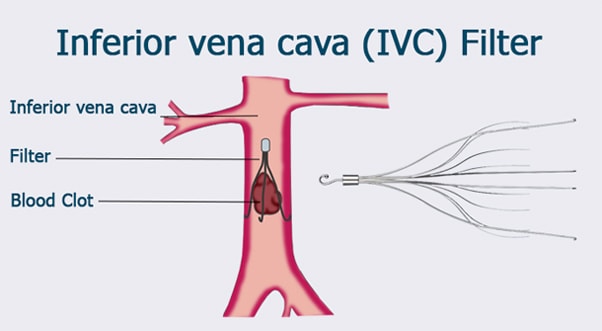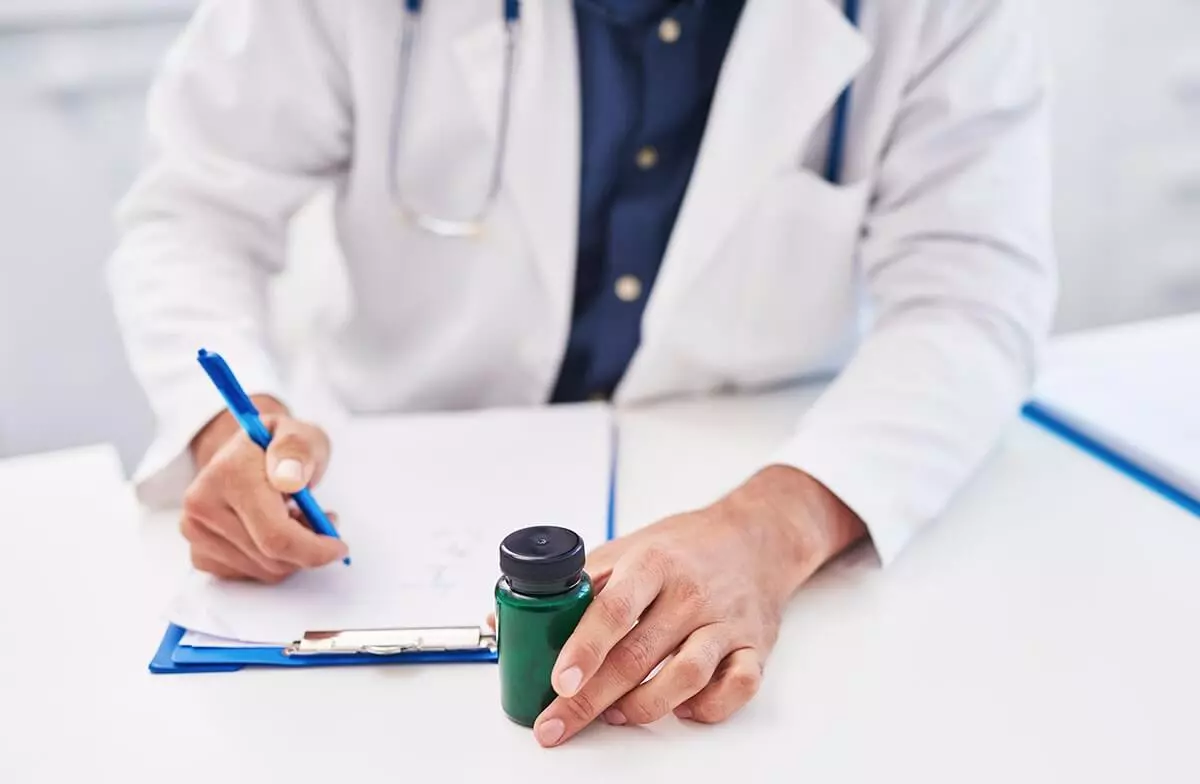A DVT is a blood clot in the vein. If treated, these are the things that you can benefit from it.
- Prevent clot from growing
- Avoid long-term complications, such as swelling and leg pain.
- Prevent clot from leaving the original site and travel to another organ
- Prevent future blood clots
Treatment for DVT is essential to avoid pulmonary embolism (PE), minimize or avoid the risk of developing posthrombotic syndrome (PTS), and reduce morbidity. Usually, your doctor will prescribe you medicine you can take on your own to treat DVT.

Anticoagulation therapy has been the mainstay of deep vein thrombosis treatment since its inception. Anticoagulants are the most common medicines for DVT and are also known as blood thinners. These decrease your blood’s capability to clot and stop existing clots from forming or getting bigger. The body dissolves blood clots most of the time; however, with deep vein thrombosis, anticoagulants cannot break up blood clots that have already been formed. These blood thinners may come in the form of a pill, an injection, or through IV.
The two main anticoagulants used to treat DVT are Warfarin and Heparin. Warfarin is taken in the pill form while Heparin usually is taken through an IV. However, there are different types of Heparin and your doctor should discuss them all with you. There would be times when your physician may treat you with both drugs. Usually, they prescribe Heparin first because it works faster and then Warfarin, to prevent future blood clots. For pregnant women, the sole medicine is Heparin because Warfarin proves to be dangerous during pregnancy.
Anticoagulant treatment usually lasts for six months. However, there are factors and situations that may change the length of treatment.:
- If blood clot comes after a short-term risk, like surgery, treatment would shorten.
- If you have had history of other blood clots, treatment may be longer.
- If you have other serious illnesses, you may need to take anticoagulants as long as you are treated for the former.
The side common and serious side effect of blood thinners is bleeding due to your blood thinning too much. If not treated properly, this can be life threatening as there would be times when bleeding is internal. People on anticoagulants usually have routine blood exams to measure their ability to clot, which are called PT and PTT tests.
Other medicines are:
Thrombin Inhibitors
These are medicines that interfere with the process of blood clotting. These are given mostly to patients who cannot take heparin.
Thrombolytics
These are medicines that are given to patients with severe symptoms due to blood clots. These are used only in life-threatening situations because they can cause sudden bleeding, which is very dangerous and risky.
Other treatements are:
Vena Cava Filter

In case you don’t respond or cannot take for any reason the blood thinners, yor physician may recommend you a vena cava filter. This filter is inserted into the vena cava vein, a large vein, and catches the blood clots before they travel to the lungs, preventing pulmonary embolism. This treatment, however, does not stop new blood clots from forming.
Graduated Compression Stocking
Leg swelling caused by blood clots can be treated using a graduated compression stocking. These are stockings that are worn from the foot to the knee. These help with create gentle pressure up on the leg because the stockings are tight on the angle but become a bit looser going up. The pressure keeps the blood from pooling and clotting.
There are three types of stockings:
- Support pantyhose – least amount of pressure
- OTC compression hose – more amount of pressure
- Prescription-strength compression hose – greatest amount of pressure out of the three. You would need a trained person to help you with the fitting of your stockings.
If you feel you have any of the symptoms of DVT, go to your doctor immediately to know more about your condition and options.











